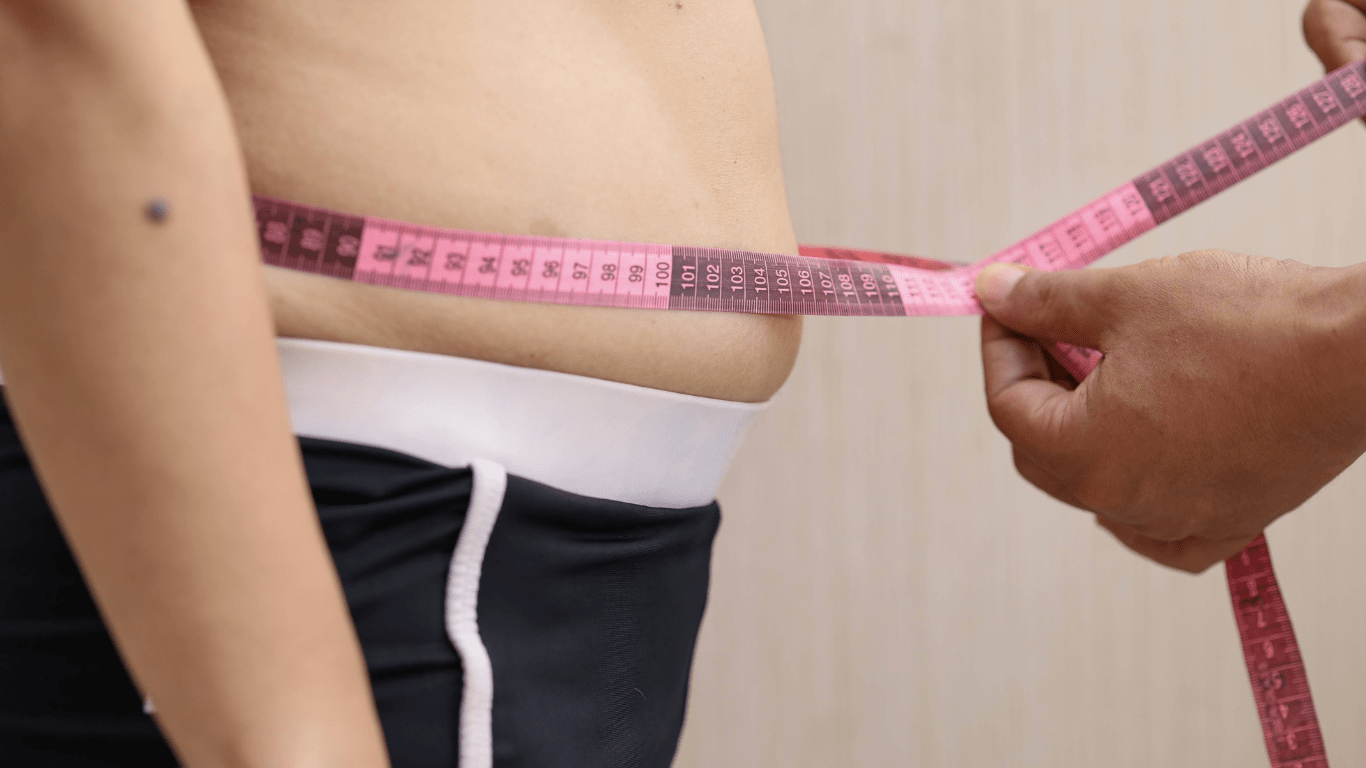Understanding Stress: What It Is and How It Affects Us
The Biological Response to Stress
Feeling stressed triggers the body’s natural response known as the “fight or flight” reaction.
It’s a primal instinct that helped our ancestors survive in dangerous situations.
When faced with a stressor, my body releases hormones like adrenaline and cortisol, preparing me to either confront the threat or flee from it.
This physiological response increases:
- heart rate
- boosts energy levels
- sharpens focus
all aimed at enhancing my chances of survival.
The Impact of Chronic Stress on Health and Well-Being
While acute stress can be beneficial in short bursts, chronic stress, if left unchecked, can have detrimental effects on my health and overall well-being.
Prolonged exposure to stress hormones like cortisol can weaken my immune system, elevate blood pressure, and increase the risk of conditions like heart disease and depression.
It’s crucial to recognize the signs of chronic stress and implement strategies to manage it effectively to safeguard my physical and mental health.
The Science Behind Stress Relief
As I delve into the science behind stress relief, it becomes clear that relaxation techniques play a crucial role in altering stress responses.
Engaging in practices like mindfulness meditation, deep breathing exercises, or progressive muscle relaxation can activate the body’s relaxation response.
By calming the mind and body, these techniques help lower heart rate, reduce muscle tension, and decrease the production of stress hormones such as cortisol.
This shift in physiological state promotes a sense of calmness and well-being, counteracting the negative effects of stress on the body.
Moving on to measuring the effectiveness of stress relief strategies, it’s essential to take a data-driven approach.
Researchers use various methods to assess the impact of stress management techniques on both psychological and physiological parameters.
Tools like:
- self-reported questionnaires,
- heart rate variability monitors,
- cortisol level measurements
are utilized to quantify changes in stress levels before and after the implementation of stress relief interventions.
These objective measures provide valuable insights into the effectiveness of different strategies, helping individuals choose the most suitable approaches for their specific needs and circumstances.
By analyzing empirical data, we can determine the most efficient ways to combat stress and lead a calmer, more balanced life.
Traditional Stress Management Techniques
1. Mindfulness and Meditation
I appreciate the proven efficacy of mindfulness and meditation techniques in stress management.
Engaging in mindfulness practices helps me stay present, reducing my mind’s tendency to wander into stressful thoughts.
By focusing on the present moment, I can acknowledge stressors without becoming overwhelmed by them.
Meditation allows me to cultivate a sense of calm and relaxation, promoting emotional well-being.
2. Physical Exercise as a Stress Reliever
Physical exercise plays a crucial role in my stress relief routine. Regular exercise not only benefits my physical health but also enhances my mental resilience.
When I engage in physical activities like jogging or yoga, my body releases endorphins, known as “feel-good” hormones, which help combat stress and elevate my mood.
Incorporating exercise into my daily schedule has been instrumental in managing stress effectively.
3. The Role of Sleep in Managing Stress
I prioritize quality sleep as a cornerstone of my stress management strategy.
Ensuring I get sufficient rest allows my body and mind to recharge, enhancing my ability to cope with daily stressors.
Adequate sleep is essential for regulating mood, cognitive function, and overall well-being.
By maintaining a consistent sleep schedule and creating a restful sleep environment, I can optimize my stress resilience and promote a sense of calm in my daily life.
Modern Approaches to Stress Relief
 Technological Innovations for Stress Management
Technological Innovations for Stress Management
In today’s fast-paced world, technology plays a crucial role in helping individuals effectively manage stress.
Apps and devices designed for stress relief offer convenient solutions that fit seamlessly into busy lifestyles.
These innovative tools provide guided meditation sessions, breathing exercises, and stress-tracking features to help individuals monitor and reduce their stress levels.
Incorporating technology into stress management routines can be a practical and accessible way to promote a calmer and more balanced life.
The Influence of Diet on Stress Levels
Maintaining a healthy diet is essential for managing stress effectively.
Consuming foods rich in nutrients, such as fruits, vegetables, whole grains, and lean proteins, can help regulate stress levels.
Nutrients like omega-3 fatty acids found in fish, and antioxidants present in berries, can have a positive impact on reducing stress and anxiety.
Avoiding excessive caffeine, sugar, and processed foods is also important, as they can increase feelings of stress and negatively affect overall well-being.
By making mindful choices about what we eat, we can support our bodies in coping with stress and promoting a sense of tranquility.
Personalizing Your Stress Relief Plan
Identifying Your Stress Triggers
When personalizing a stress relief plan, it’s crucial to identify your unique stress triggers.
These triggers can vary from person to person and may include situations, environments, or even specific people.
By recognizing what situations or factors increase your stress levels, you can proactively address them and develop effective coping strategies.
For some, work deadlines might be a significant trigger, while for others, social interactions or financial worries could be the main stressors.
Taking the time to pinpoint these triggers is the first step in creating a tailored stress relief plan that addresses your specific needs and challenges.
Creating a Sustainable Stress Relief Routine
Creating a sustainable stress relief routine is essential for long-term well-being.
It involves incorporating stress-relieving activities into your daily schedule in a way that is manageable and consistent.
This routine should include a mix of mindfulness practices, physical exercise, and relaxation techniques that work best for you.
By setting aside dedicated time for stress relief activities each day, you can effectively manage stress levels and prevent burnout.
Remember, consistency is key when it comes to stress management.
Establishing a sustainable routine will help you build resilience to stress over time and maintain a calmer, more balanced life.



